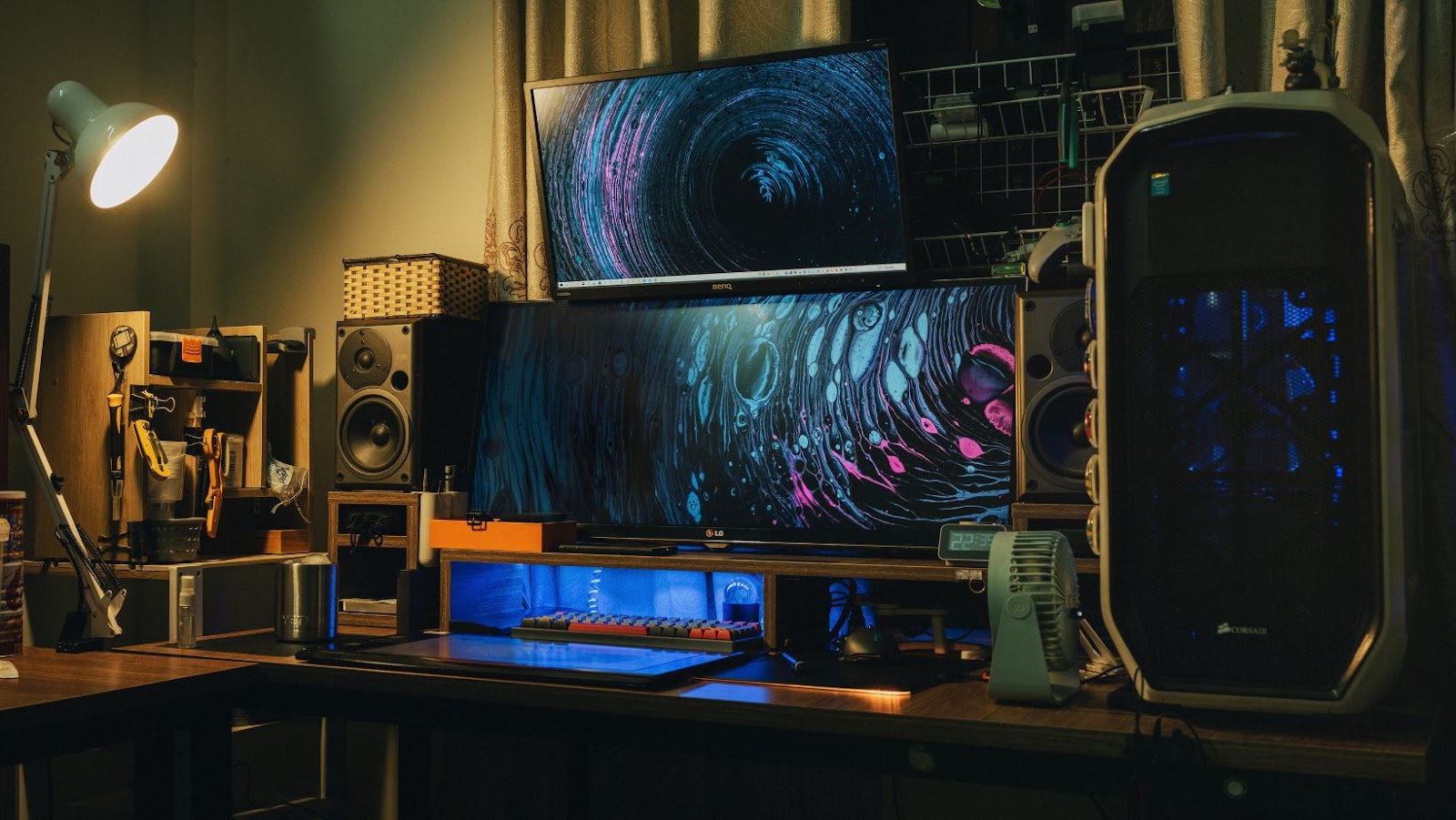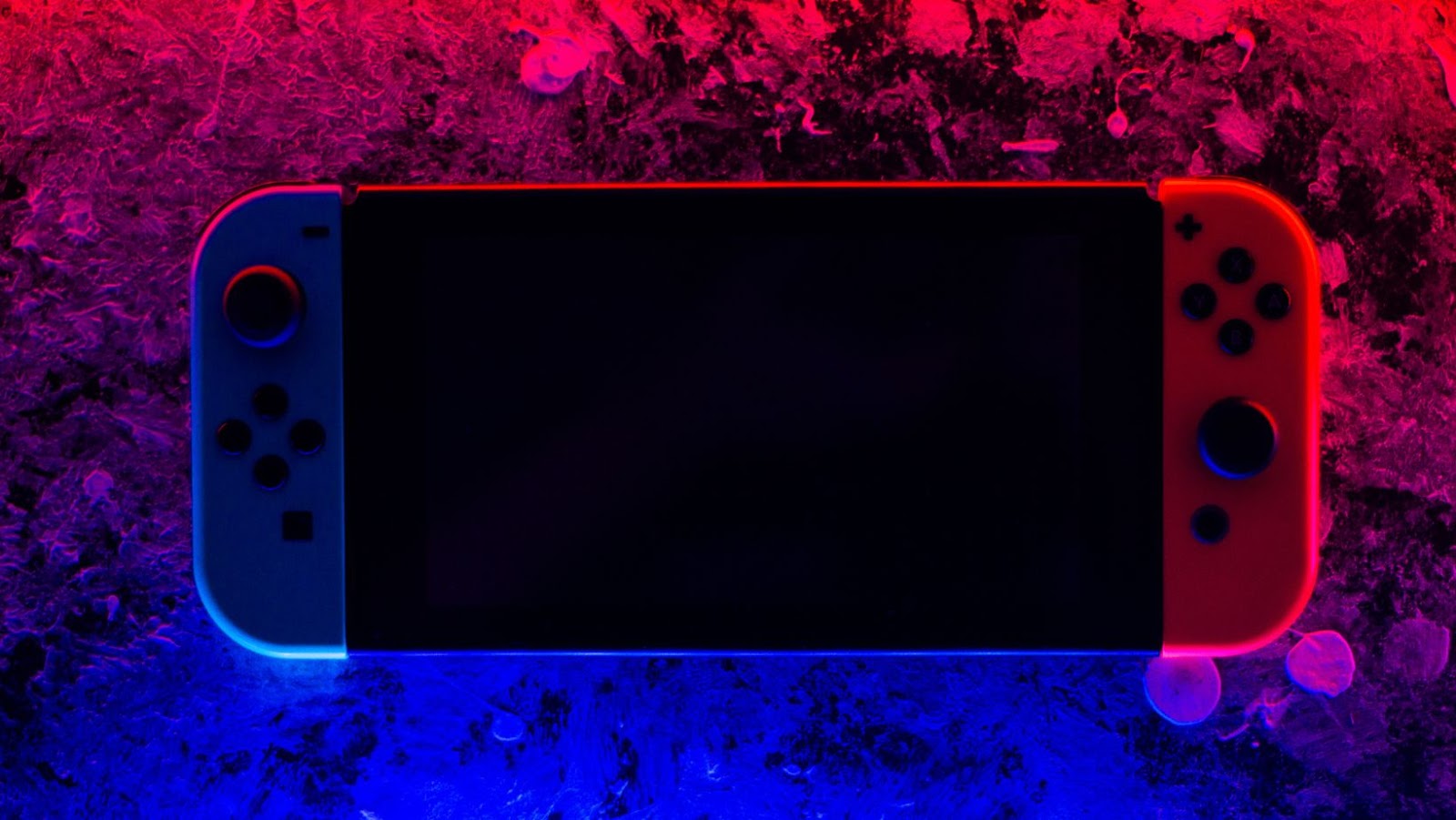 Gaming Technology Examples
Gaming Technology Examples
In the 1970s, simple arcade games like Pong marked the initial steps in gaming technology. These early games had basic graphics and limited gameplay but laid the foundation for future advancements.
The 1980s saw the launch of home consoles like the Atari 2600 and the Nintendo Entertainment System (NES). These devices brought gaming into living rooms and introduced iconic titles like Super Mario Bros. and The Legend of Zelda.
The advent of 3D graphics in the 1990s transformed gaming visuals. Consoles like the Sony PlayStation and the Nintendo 64 supported 3D games, enhancing immersion. Titles like Final Fantasy VII and Super Mario 64 became emblematic of this era.
The 2000s revolutionized player interactions with online gaming. PCs and consoles enabled multiplayer experiences across the globe. Games like World of Warcraft and Halo 2 exemplified this social shift.
The 2010s saw the rise of mobile gaming, with smartphones becoming prominent gaming platforms. Titles like Angry Birds and Candy Crush reached vast audiences. Simultaneously, AR and VR technologies began offering new immersive experiences. Devices like the Oculus Rift and games like Pokémon GO demonstrated this shift.
Today, gaming technology examples showcases ultra-realistic graphics and advanced AI. Consoles like the PlayStation 5 and Xbox Series X offer nearly lifelike visuals. AI improves gameplay, with NPCs (non-player characters) behaving more naturally.
 Hardware Innovations
Hardware Innovations
New hardware innovations are propelling gaming technology examples to unprecedented levels. These advancements are enhancing gamer experience through robust performance and immersive capabilities.
High-performance graphics cards are crucial in gaming PCs. They process complex visuals and render high-definition images seamlessly, ensuring smooth gameplay. Notable examples include the NVIDIA GeForce RTX 30 series and AMD Radeon RX 6000 series. These cards support real-time ray tracing, providing lifelike lighting, shadows, and reflections. With GPUs now integrated with AI algorithms, visuals are sharper and more realistic than ever.
Gaming consoles offer powerful performance in a compact form. Recent models like the Sony PlayStation 5 and Microsoft Xbox Series X deliver near-PC levels of graphics and processing power. These consoles come equipped with custom CPUs and GPUs, ultra-fast SSDs, and support for 4K resolution at high frame rates. Their advanced architecture ensures minimal loading times and seamless transitions between different environments within games.
Virtual reality headsets immerse players in digital worlds by creating perceivable three-dimensional spaces. Devices like the Oculus Quest 2 and PlayStation VR offer a completely new dimension of interaction. These headsets come with high-resolution displays, precise motion tracking, and intuitive controllers, making users feel as though they are truly inside the game world. Enhanced by room-scale tracking and a wide field of view, VR headsets elevate the gaming experience to a sensory-rich event.
 Development
Development
Software development in gaming strives to create more immersive, interactive, and visually stunning experiences. Various technologies contribute significantly to these advancements.
Game engines serve as the backbone for game development. They provide developers with tools to create, modify, and render game environments. Popular game engines include:
- Unreal Engine: Known for its photorealistic graphics, Unreal Engine powers games like Fortnite and Gears of War. It offers robust scripting, asset management, and rendering capabilities.
- Unity: Frequently used for both 2D and 3D game development, Unity supports platforms such as mobile, console, and VR. Games like Pokémon GO and Monument Valley utilize Unity for its flexibility and performance.
- CryEngine: Recognized for its high-definition graphics, CryEngine was behind the visuals of the Crysis series. It excels in creating detailed and realistic game worlds.
Motion capture technology enables the translation of real-world movements into digital characters. This technology ensures fluid and lifelike animations, essential for enhancing the gaming experience. Key aspects of motion capture include:
- Data Accuracy: Sensors and cameras track precise body movements, translating them into digital animations used in games like FIFA and Mortal Kombat.
- Performance Capture: This involves capturing an actor’s facial expressions and body movements, offering a more comprehensive data set. Games like The Last of Us and Red Dead Redemption 2 benefit from this technology, delivering emotional depth and realism.
Artificial intelligence (AI) in gaming creates smarter, more adaptive characters and environments. AI impacts various facets of game development:
- NPC Behavior: AI controls non-playable characters (NPCs), making them more responsive and realistic. Games like The Elder Scrolls V: Skyrim utilize AI for dynamic NPC interactions.
- Procedural Generation: AI algorithms generate expansive game worlds, ensuring unique experiences. Titles like No Man’s Sky use procedural generation to create virtually infinite environments.
- Adaptive Difficulty: AI adjusts game challenges based on player performance, providing balanced gameplay. Resident Evil 2 and Left 4 Dead employ adaptive AI for an engaging player experience.
Software development continues to push the boundaries of what’s possible in gaming, driving innovations that lead to richer and more immersive experiences.